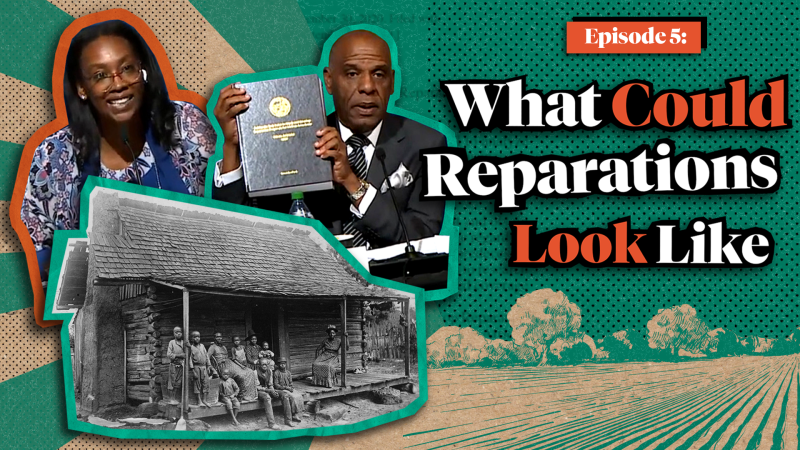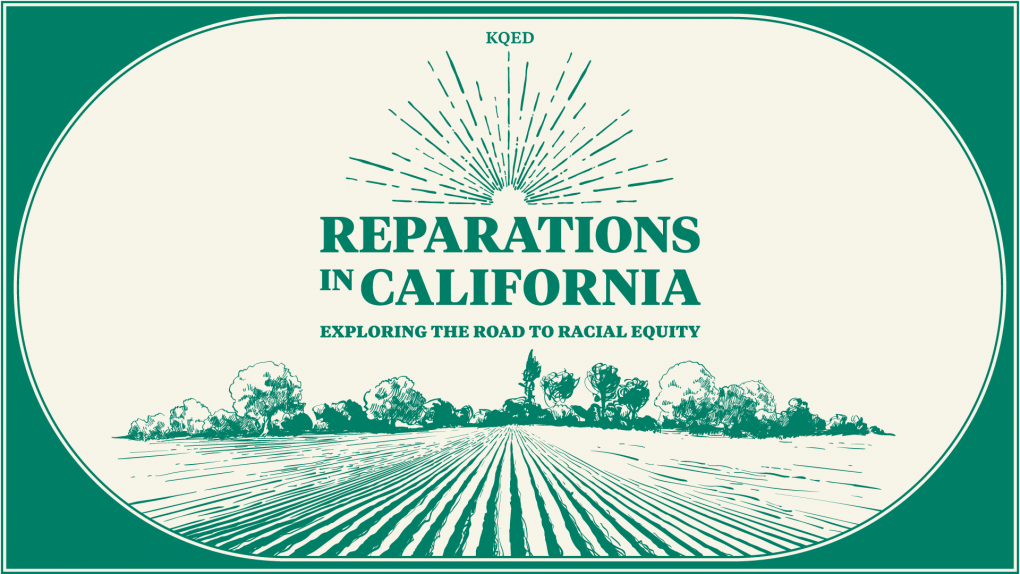After 246 years of enslavement, what could reparations look like?
The debate around reparations has intensified in the state since the California Reparations Task Force delivered its landmark report in June. In the final episode of our series on reparations, we learn how citizens in other states have held organizations and communities accountable for past wrongs. We also hear from Black Californians who shared their perspective on what should be done to address systemic racism in the state.
The video is a look at what’s possible for reparations.
The California Reparations Task Force’s 1,100-page report had 115 recommendations for reparative measures. The report included recommendations for direct payments to eligible descendants of enslaved people. The task force released formulas and calculations for remuneration (PDF), including up to $115,260 — or $2,352 for each year of residency between 1971 and 2020 — as compensation for mass incarceration and discriminatory policing and sentencing.


